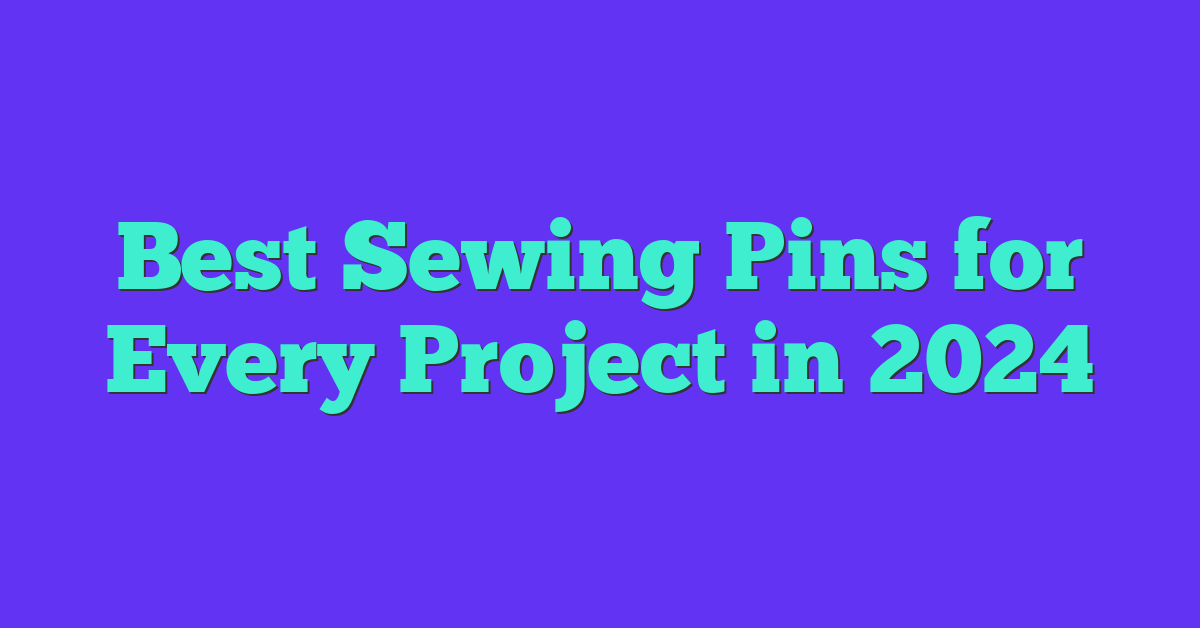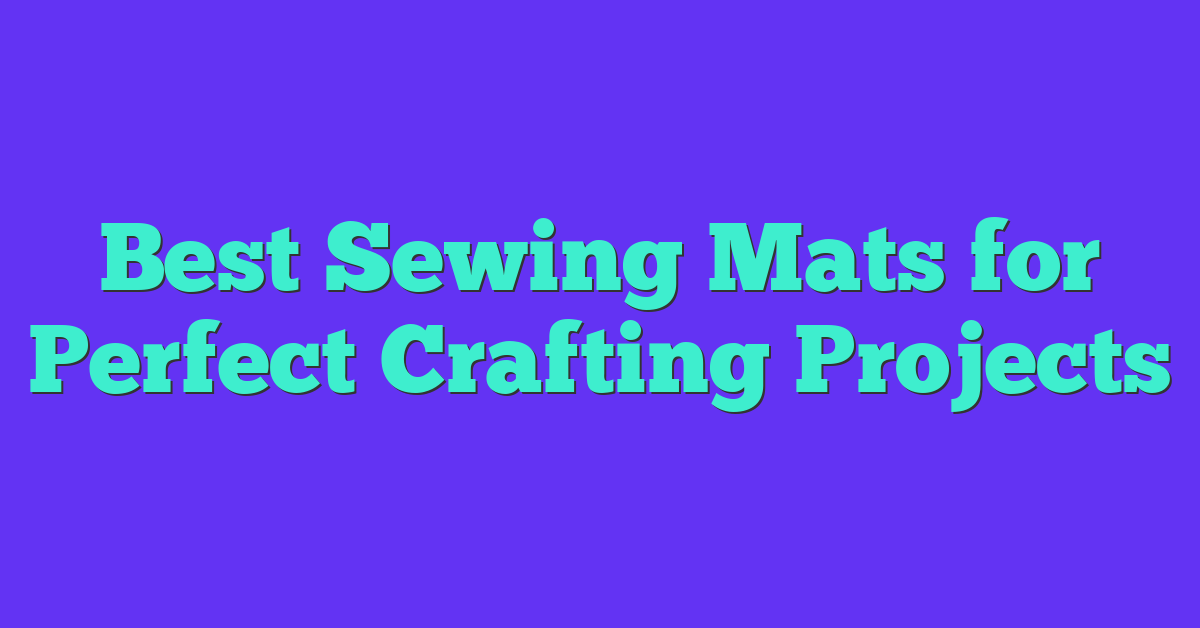Decorative stitches can truly transform your sewing projects, adding personality and flair. I love experimenting with different patterns to bring my creations to life. Whether you’re a seasoned sewist or just starting out, incorporating decorative stitches is a fun way to enhance your work.
Benefits of Using Decorative Stitches
Using decorative stitches enhances my sewing projects in several key ways:
- Aesthetic Appeal: Decorative stitches add visual interest and uniqueness to items. Patterns like satin and zigzag stitches transform plain fabrics into eye-catching designs.
- Customization: They allow me to personalize projects to match specific styles or preferences. Whether adding monograms or intricate motifs, decorative stitches make each piece one-of-a-kind.
- Durability: Certain decorative stitches, such as reinforced seams, increase the strength of joints. This extends the lifespan of garments and accessories, ensuring they withstand regular use.
- Versatility: A wide range of stitch types, including embroidery and quilting stitches, offers flexibility across different projects. From apparel to home décor, decorative stitches adapt to various needs.
- Skill Enhancement: Incorporating decorative stitches into my work helps improve my sewing skills. It fosters creativity and mastery of various techniques, making each project a learning opportunity.
- Value Addition: Finished items with decorative detailing often have higher perceived value. This appeals to potential buyers or gift recipients, making the creations more desirable.
By integrating decorative stitches, I elevate the look of my creations while enhancing their functionality and personal significance.
Popular Types of Decorative Stitches
I often use various decorative stitches to enhance my sewing projects. Here are some popular options:
Cross Stitch
Cross stitch forms a crisscross pattern with even stitches. It works well on fabrics like cotton, linen, and knits. I use cross stitch for detailed designs, including flowers, letters, and geometric patterns. This stitch type adds texture and visual interest to garments, accessories, and home décor items.
French Knots
French knots create small, raised dots on fabric surfaces. They are ideal for lightweight materials such as silk, cotton, and chiffon. I incorporate French knots into embroidery designs like roses, stars, and decorative borders. These knots provide a tactile element and intricate detail to my projects.
Choosing the Right Stitch for Your Project
Selecting the right stitch enhances your project’s appearance and durability. Evaluate the following factors:
- Fabric Types: Different fabrics require specific stitches. For example, use backstitch on cotton and satin stitch on silk.
- Project Purposes: Various purposes need distinct stitches. For instance, quilting employs the quilting stitch, while garment embellishments use embroidery stitches.
- Design Complexities: Simple designs suit basic stitches. Complex patterns benefit from French knots and cross stitches.
- Durability Requirements: Items facing wear need strong stitches. Bags use lockstitches, and clothing requires overlock stitches.
- Aesthetic Goals: Desired aesthetics guide stitch choice. Smooth finishes use split stitch, while textured looks utilize cable stitches.
By considering these factors, you can choose the most suitable stitch to achieve the desired outcome for your sewing projects.
Tips for Mastering Decorative Stitches
Mastering decorative stitches involves consistent effort and careful material selection to achieve professional results.
Practice Regularly
I dedicate at least 30 minutes daily to practice different stitch patterns. Repeating techniques builds my muscle memory and improves precision, enabling me to execute complex designs with ease.
Select Quality Materials
I choose high-grade fabrics and threads to enhance my projects. Opting for cotton or linen ensures durability, selecting embroidery threads with appropriate thickness prevents breakage, and using needles tailored to my fabric type guarantees clean, smooth stitching.
Start with Simple Designs
I begin with basic stitch patterns to build a strong foundation. Simple designs allow me to focus on technique before moving on to more intricate creations.
Use Proper Tension
Maintaining even tension is crucial for uniform stitches. I ensure my thread is neither too tight nor too loose, which helps in creating consistent and professional-looking embroidery.
Invest in Good Tools
Quality tools make a significant difference in my sewing experience. I use sharp needles, reliable scissors, and sturdy hoops to facilitate easier and more accurate stitching.

Learn from Tutorials
I utilize online tutorials and instructional videos to expand my knowledge. Learning new techniques from experts helps me incorporate diverse styles into my projects.
Organize Your Workspace
A tidy workspace enhances my efficiency. I keep my materials organized, ensuring that all necessary tools are within reach, which allows me to focus better on my stitching.
Experiment with Colors and Textures
I explore different color combinations and fabric textures to add depth to my designs. Experimenting with various hues and materials keeps my projects vibrant and unique.
Seek Feedback
I share my work with fellow sewists to receive constructive feedback. Listening to others’ perspectives helps me identify areas for improvement and refine my skills.
Maintain Your Equipment
I regularly clean and maintain my sewing machine and tools. Proper maintenance ensures longevity and prevents interruptions during my creative process.
Creative Ideas for Decorative Stitching
Adding Appliqué Designs
« How to Sew a Blanket Stitch by Hand: 7 Secrets Every Crafter Should Know
You Won’t Believe These Tips on Picking the Right Needle for Your Sewing Machine »
Appliqué enhances fabric surfaces with additional layers, creating intricate shapes and patterns. I use various fabric pieces, such as flowers and geometric shapes, to personalize quilts and garments. Layering different textures adds depth and visual interest to my projects.
Incorporating Beads and Sequins
Beads and sequins introduce sparkle and dimension to embroidery. I apply them to accessories like bags and scarves, emphasizing specific design elements. These embellishments catch the light, making my creations stand out in any setting.
Mixing Stitch Types for Texture
Combining stitch types adds complexity and richness to my work. I alternate between satin stitches and backstitches to create dynamic patterns on pillows and wall art. This variation builds a tactile experience and visually appealing designs.
Creating Border Designs
Borders frame projects with elegant lines and decorative flair. I use stitches like the scallop and leaf motifs on blankets and tablecloths, providing a polished finish. These borders complement the main design, enhancing overall aesthetics.
Monogramming for Personalization
Monogramming injects a personal touch into items, making them unique and meaningful. I embroider initials on towels, shirts, and tote bags, customizing each piece for special occasions. Personalized designs add sentimental value and distinction.
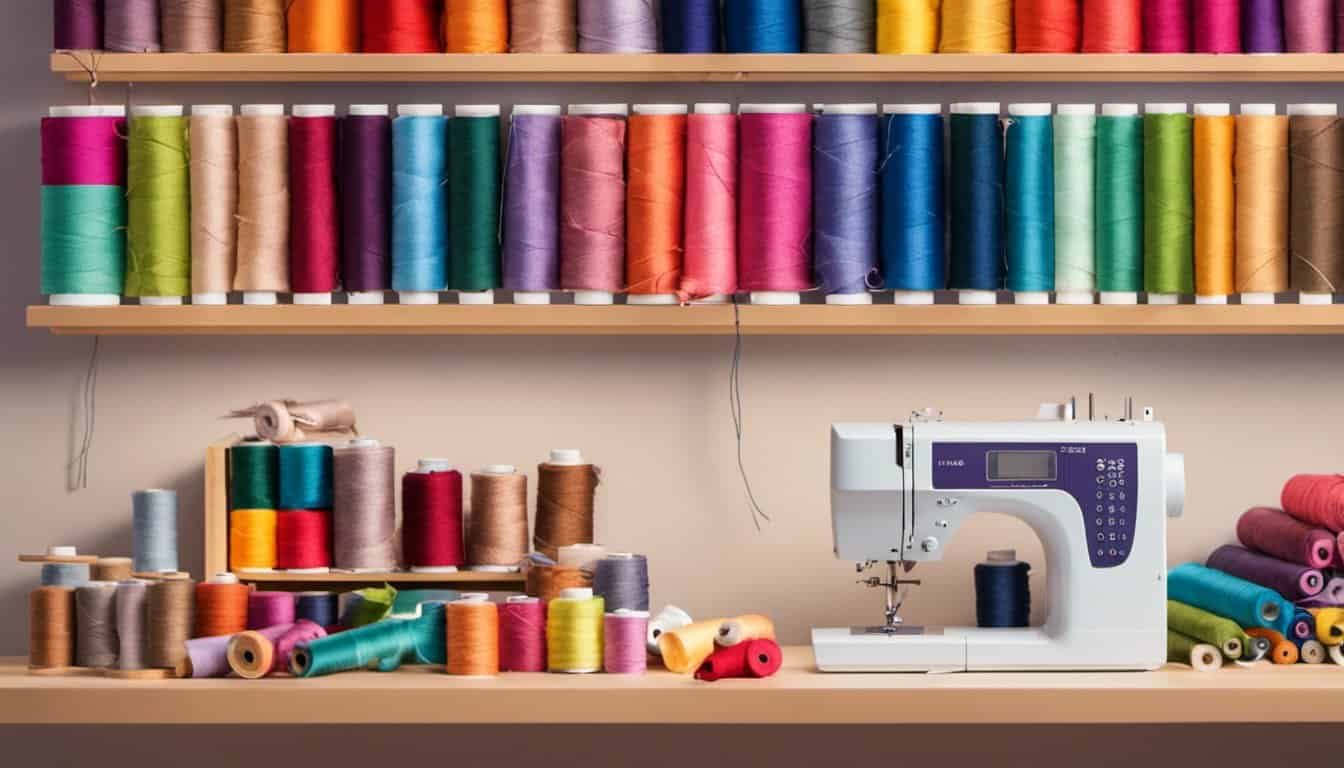
Embroidering Motifs and Themes
Themed motifs tell stories and convey specific messages through stitching. I create seasonal designs, such as flowers in spring or snowflakes in winter, on various fabrics. These motifs align with the project’s purpose, enhancing its relevance and appeal.
Utilizing Contrasting Thread Colors
Contrasting thread colors highlight design elements and add vibrancy. I select complementary hues for my embroidery on neutral fabrics, making patterns pop. This technique draws attention to intricate details and elevates the overall look.
Experimenting with Mixed Media
Integrating mixed media offers innovative ways to decorate fabrics. I combine embroidery with painting and fabric dyeing on scarves and jackets, achieving unique textures and colors. This approach broadens the creative possibilities of my projects.
Creating Three-Dimensional Embroidery
Three-dimensional embroidery adds depth and realism to designs. I use padding and layering techniques on items like cushions and wall hangings, making elements stand out. This method creates a more engaging and lifelike appearance.
Designing Custom Embroidery Patterns
Custom patterns ensure designs are tailored to specific preferences and needs. I sketch unique motifs and transfer them onto fabrics for personalized projects such as quilts and apparel. Customization allows for complete creative control and originality.
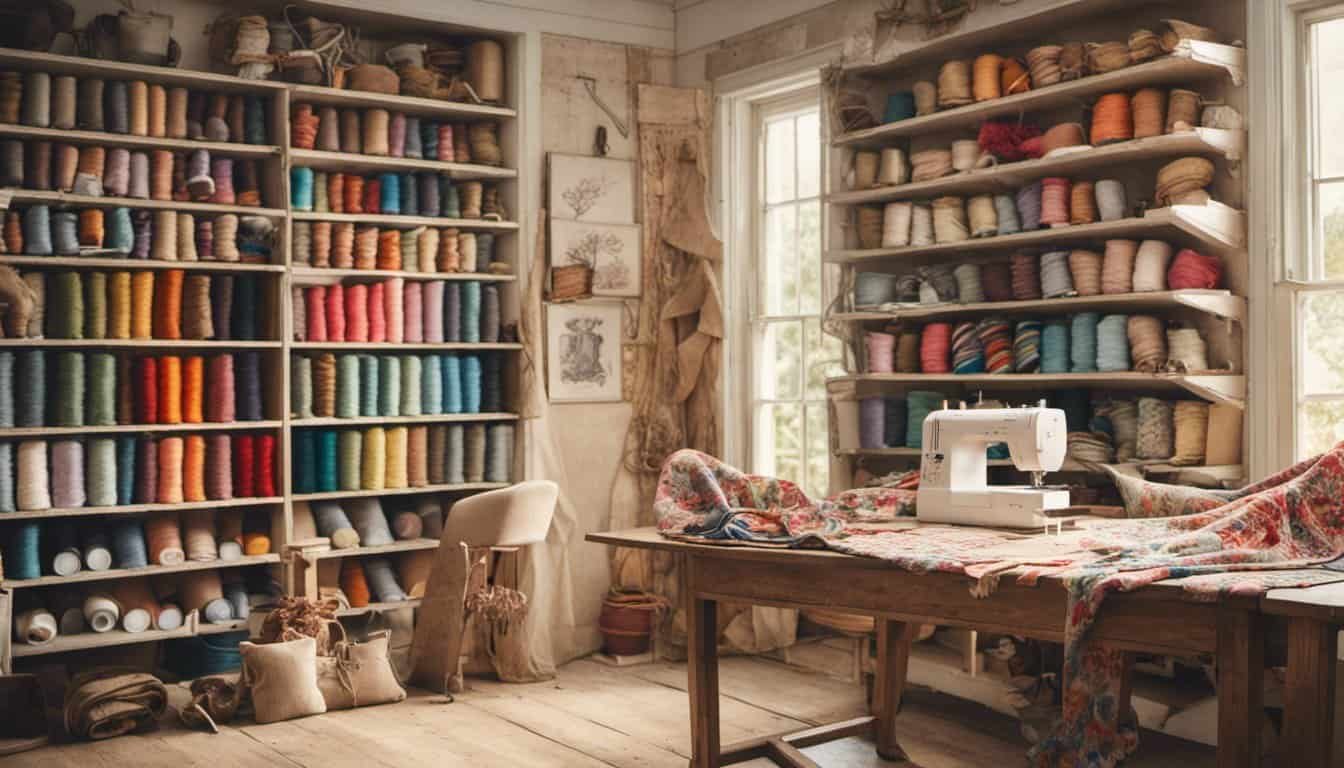
Enhancing Functional Items
Decorative stitching turns everyday items into stylish pieces. I embellish functional objects like lampshades and storage boxes, merging utility with beauty. These enhancements make practical items visually appealing and distinctive.
Layering Threads for Richness
Layering different thread types, such as metallic and cotton, enriches the embroidery’s appearance. I combine these threads on items like jackets and bags, adding shimmer and texture. This technique creates a luxurious and multifaceted design.
Embroidering on Unconventional Fabrics
Exploring unconventional fabrics pushes the boundaries of traditional embroidery. I apply stitches on materials like leather and denim, creating unique textures and styles. This experimentation expands the versatility of my decorative stitching projects.
Using Stencils for Precision
Stencils ensure accurate and consistent designs in my embroidery. I place them on fabrics, tracing outlines before stitching, which is especially useful for intricate patterns on garments and home decor. This method guarantees precision and professional results.
Incorporating Fringe and Tassels
Fringe and tassels add movement and a playful element to stitched items. I attach them to edges of blankets and garments, injecting a dynamic aspect into the design. These additions enhance the overall visual and tactile experience.
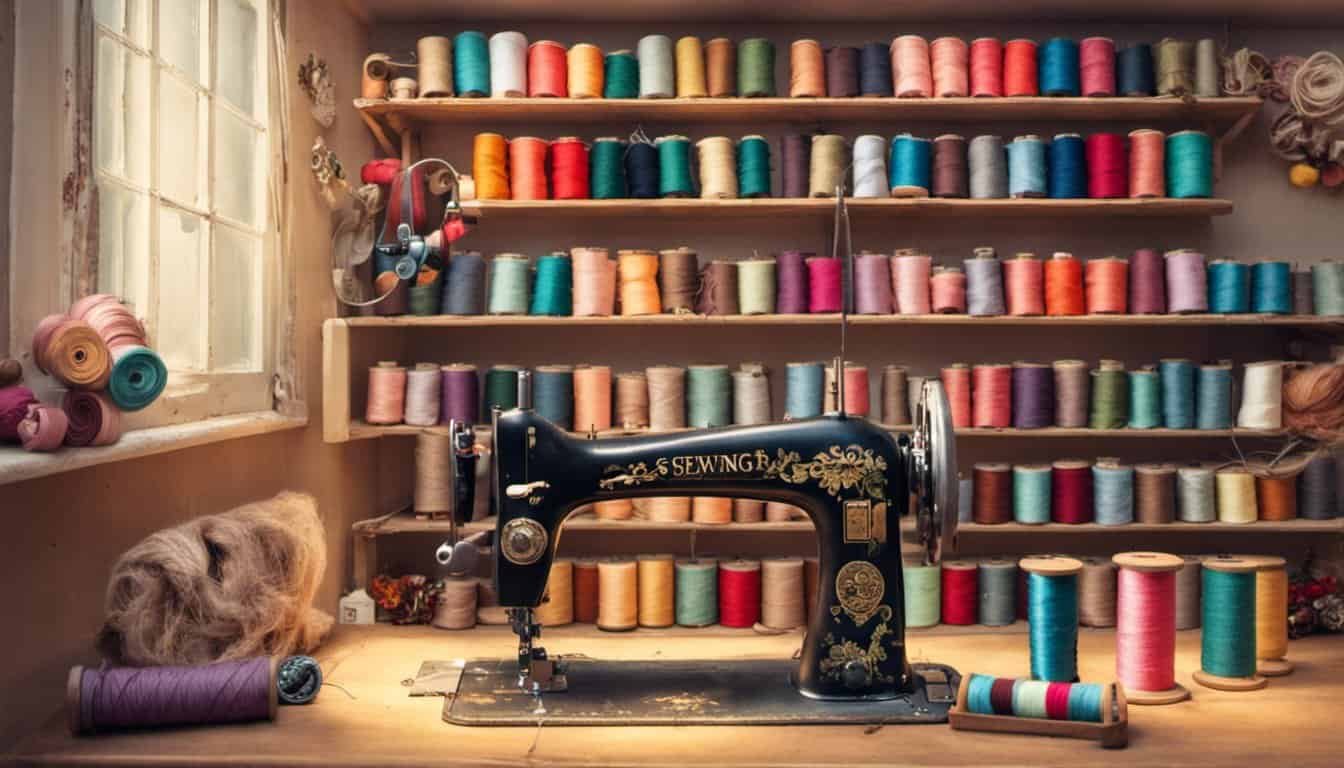
By implementing these creative ideas, I transform simple fabrics into extraordinary pieces, showcasing the endless possibilities of decorative stitching.
Conclusion
Diving into decorative stitches has truly transformed the way I approach my sewing projects. There’s something magical about adding those unique touches that make each piece stand out. I love experimenting with different patterns and watching a simple fabric turn into something special.
If you’re new to decorative stitching, don’t be afraid to start small. Each stitch you master opens up new possibilities for creativity. And for those already seasoned, there’s always a new technique to try or a fresh idea to bring your projects to life.
Happy stitching! I can’t wait to see the beautiful creations you’ll bring to life with these decorative techniques.

















